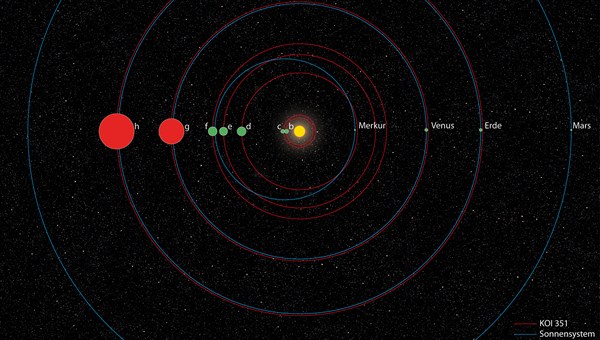“We don’t know yet why this system formed this way, but we have the feeling that this is a key system in understanding planetary formation in general and the formation of the solar system in particular” – Dr. Juan Cabrera, the Institute of Planetary Research at The German Aerospace Center
Remember when people thought Earth was only 6,000-something years old when really its orbiting planets and stars have been around for as Carl Sagan once put it, “billions and billions” of years? And deny it all you want, but as time goes on and science continues to prove itself via large amounts of star data and high-res images taken with the Hubble telescope (along with groups of brilliant scientists from all over the community that just love what could be out there), the world is starting to open their eyes to this blatant data: that OK, maybe there IS more out there than we ever could have imagined.*
Over at the German Aerospace Center Dr. Juan Cabrera of the Institute of Planetary Research announced the newly discovered galaxy “KOI-351″ is, “the first system with a significant number of planets (not just two or three, where random fluctuations can play a role) that shows a clear hierarchy like the solar system — with small, probably rocky, planets in the interior and gas giants in the (exterior)[.]”
The discovery is vital for future comparison to that of our own solar system and for obvious clues that there are more planets in this solar system that meets the eye (three of KOI-351’s planets were discovered earlier this year).
Scientists are looking to fund a future expedition PLATO so they can get a closer look at KOI-351, but nothing is for certain as of yet.
Read the full report here.
(via Science 20 & Universe Today; main image taken with NASA’s Hubble Telescope)





